Model of a wagon
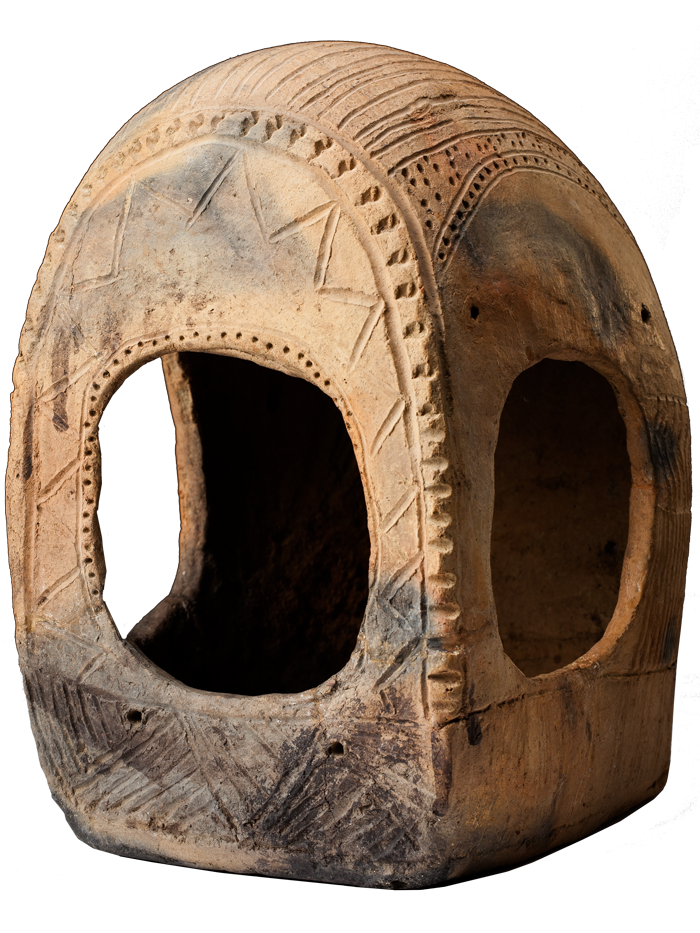
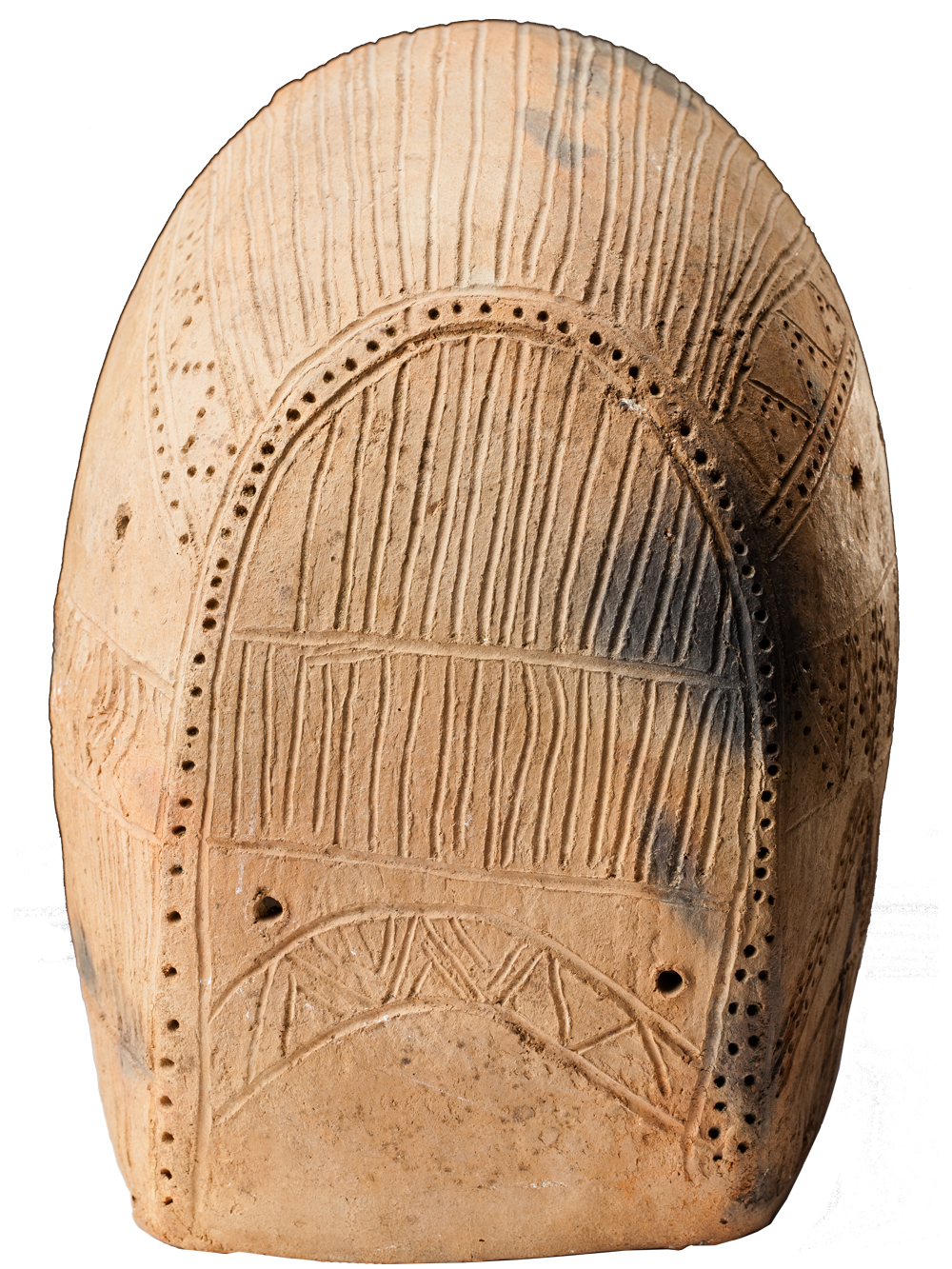
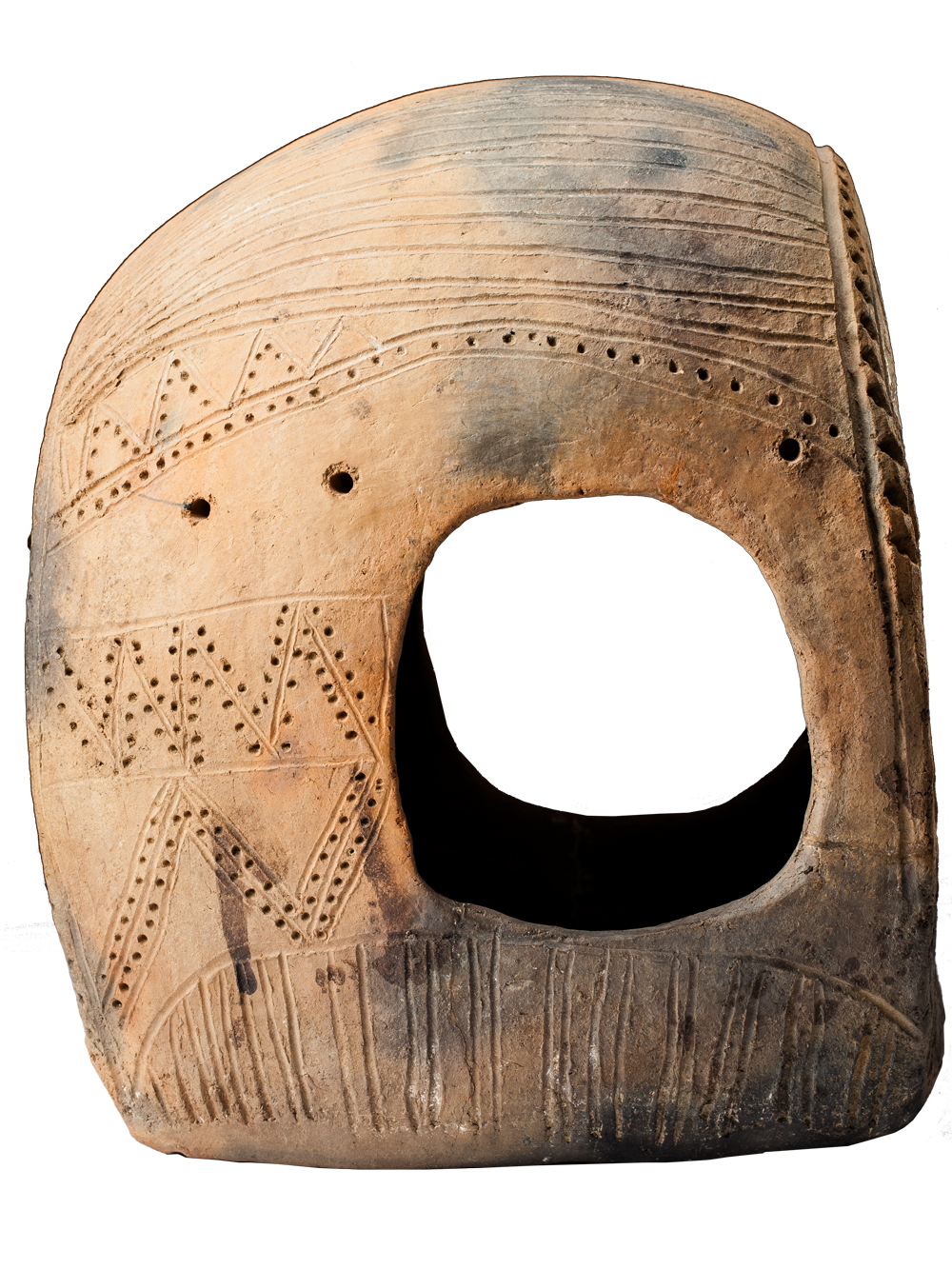
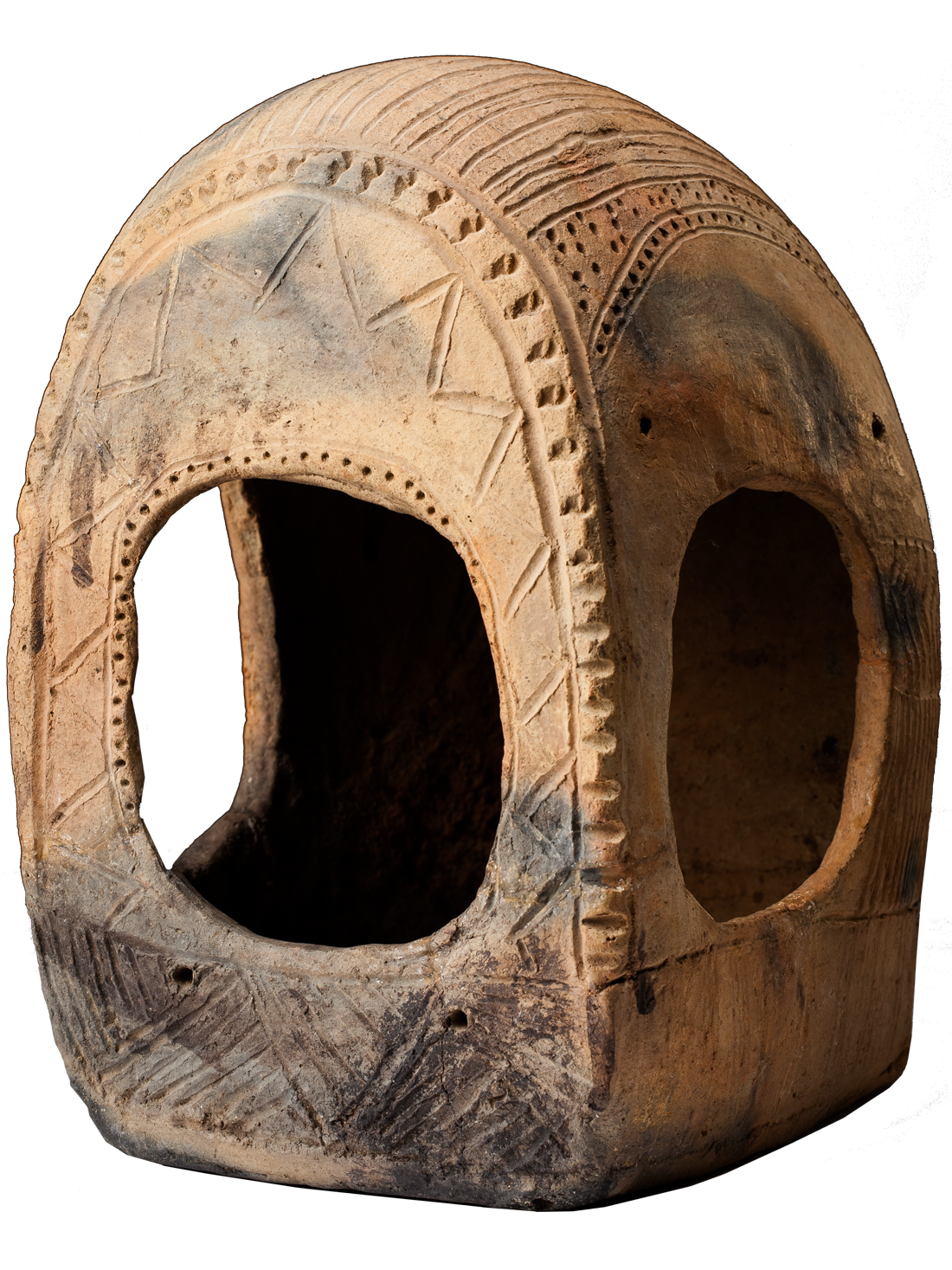
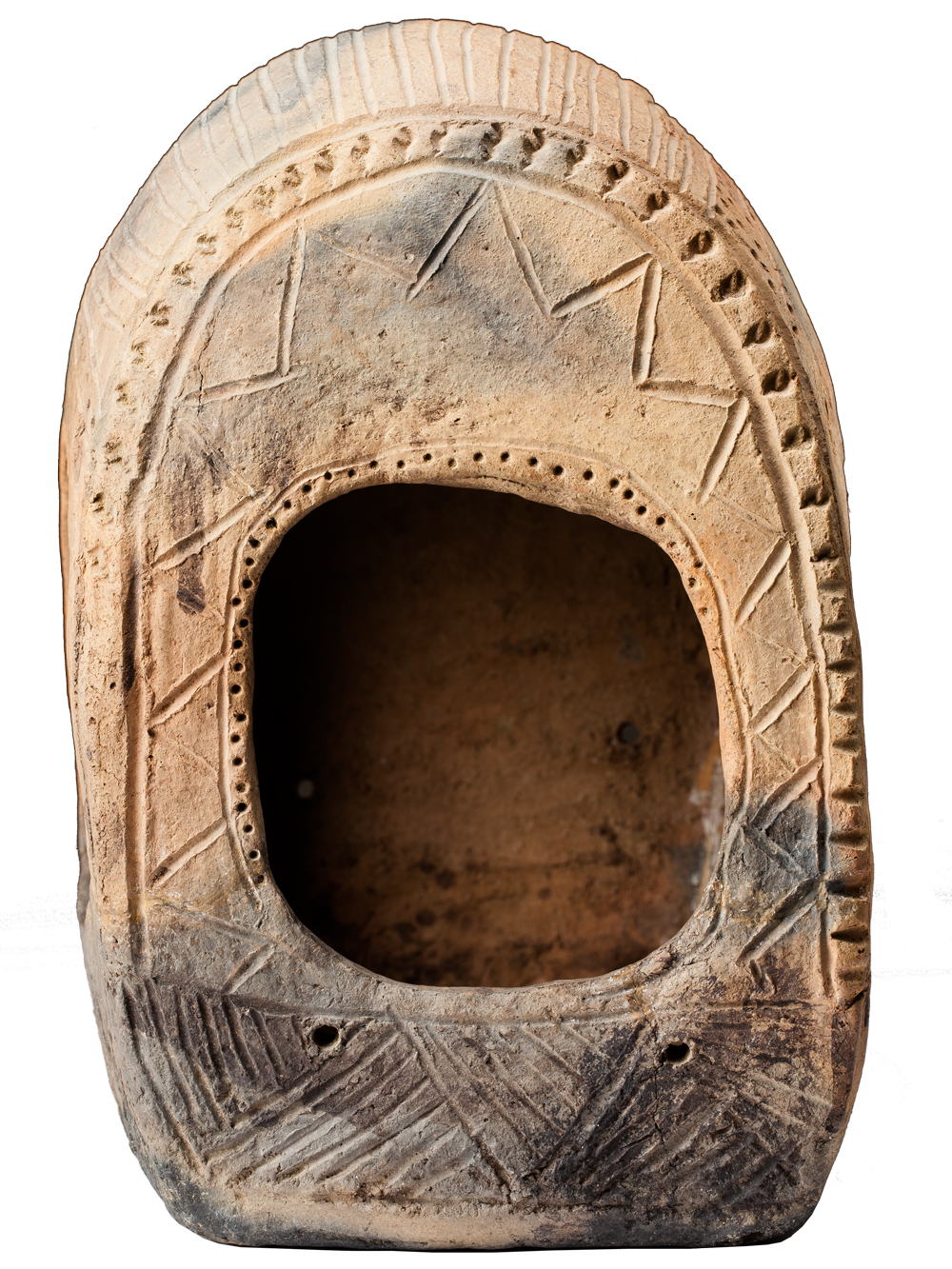
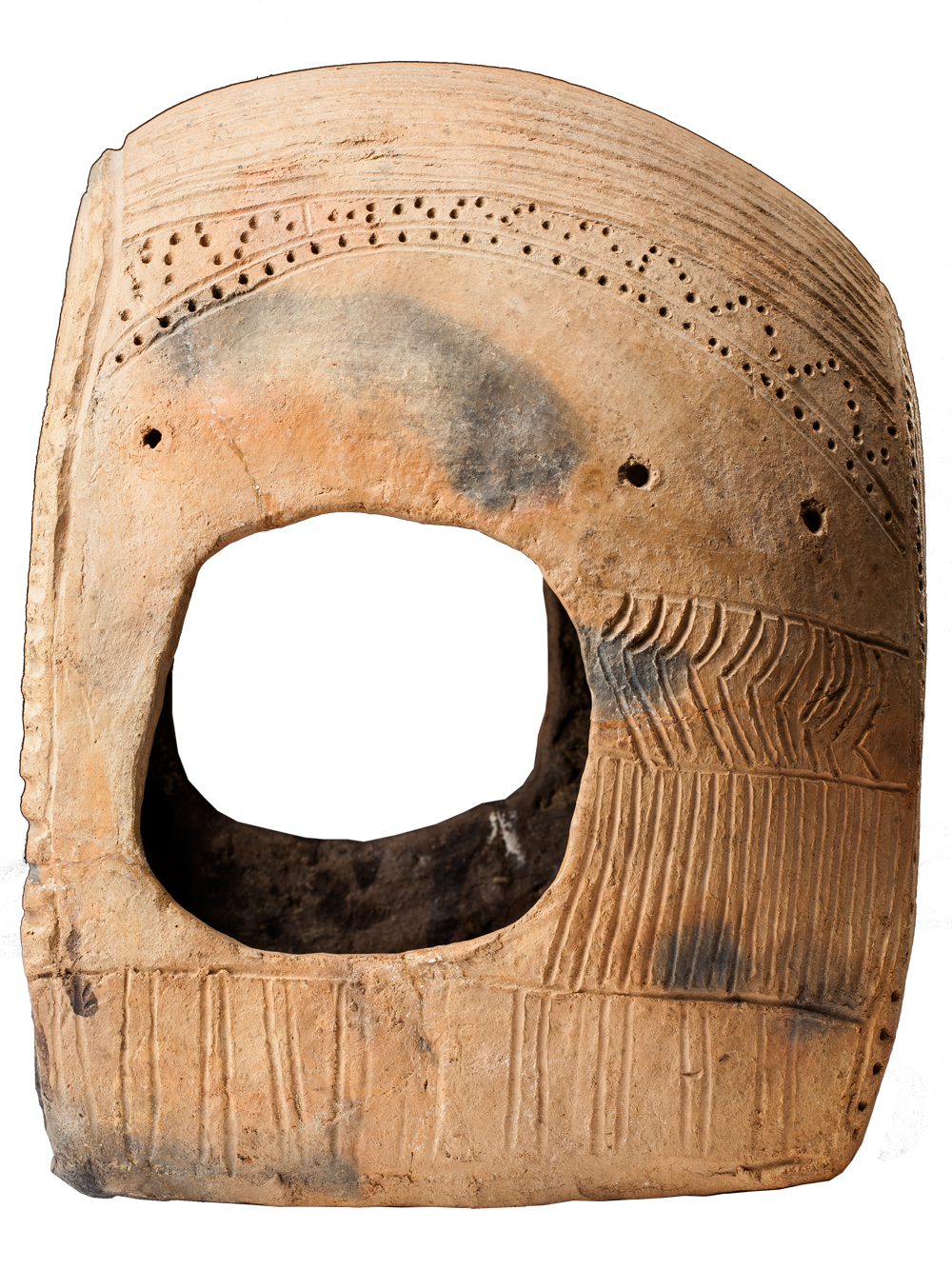
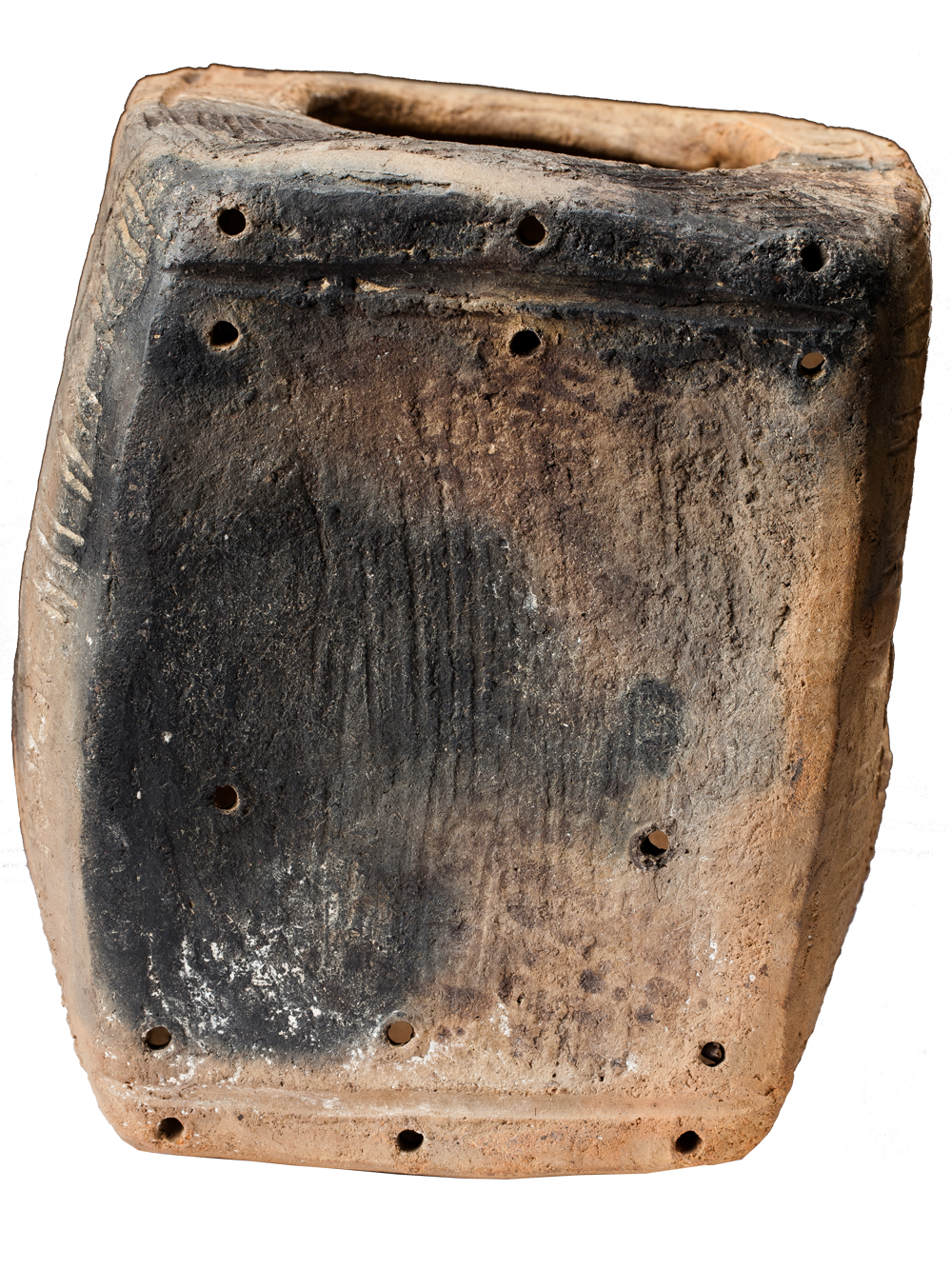
A model of a kibitka-wagon with curved side walls, slightly depressed bottom and a domed top. In the front and side walls are made three square holes of the windows. The surface of the model is decorated with dots and carved ornaments in the form of lines and zigzags. The ornamentation of carved lines was obviously an attempt to convey the wickerwork parts of the base frame, walls and roof. All around on the surface there are holes of about half a centimeter: two in the front and at the back, three on each of sides and eight on the bottom. It is possible that these are traces of some parts of the wagon made from other material that have not made it to this day. The model was discovered in a burial mound dated by the middle of the III Millennium BC.
More information...Functional purpose: the model of a kibitka-wagon is a miniature copy of a real bronze age wagon of the middle of the III Millennium BC. As an item of funeral equipment that accompanied the deceased, the wagon, obviously, was intended to carry its owner in the afterlife.
Notice of uniqueness: the discovery of models of carts-wagons is a real rarity. Each of them is a unique sample. Thanks to such items, as well as finds of parts of real wagons in some of the graves, it is possible to reconstruct the oldest types of wheeled transport.






